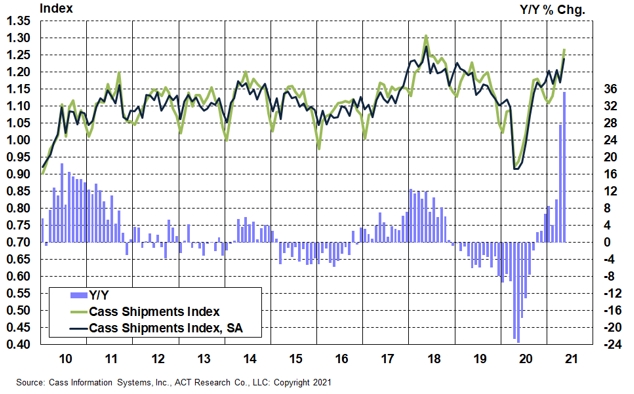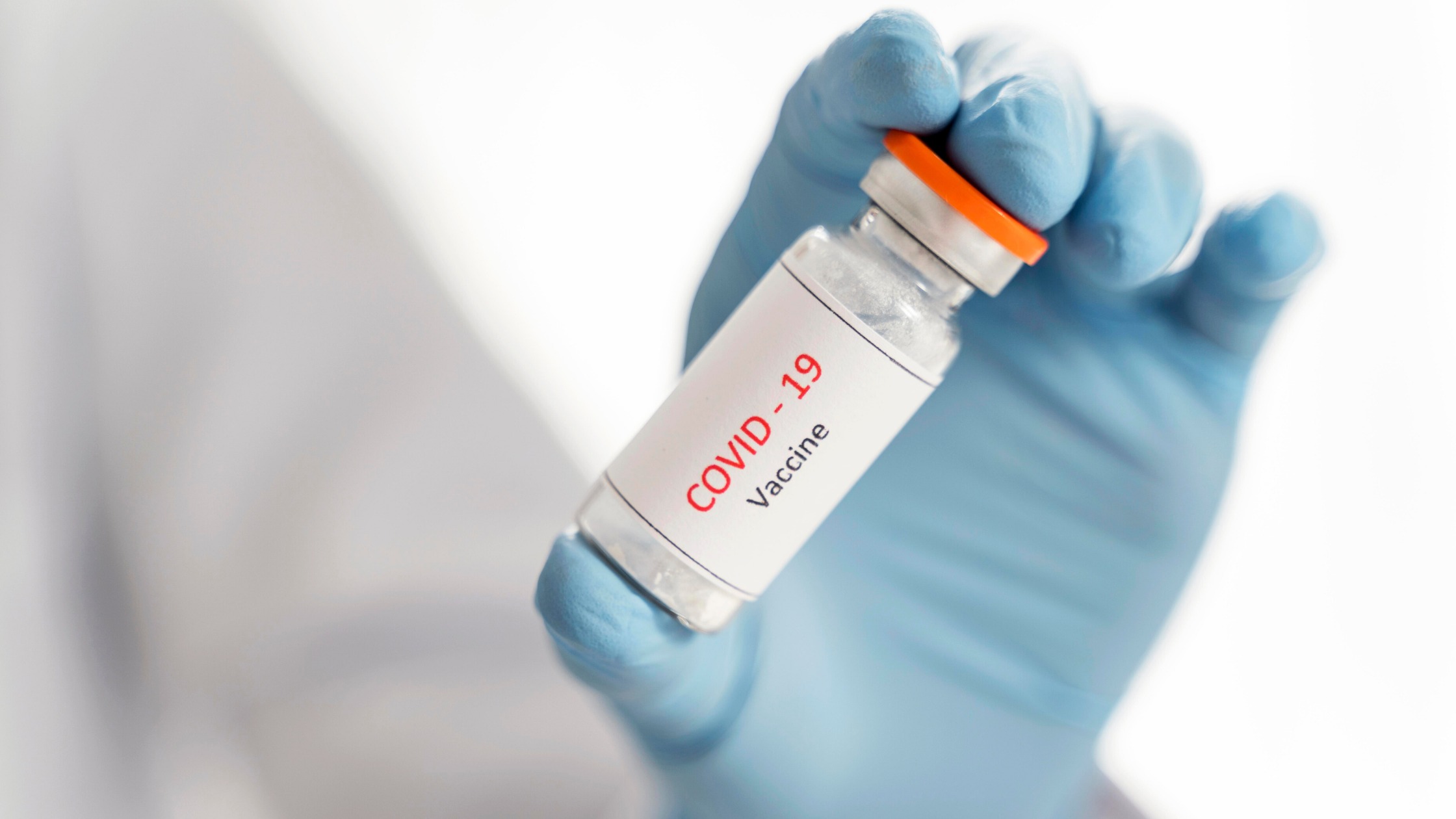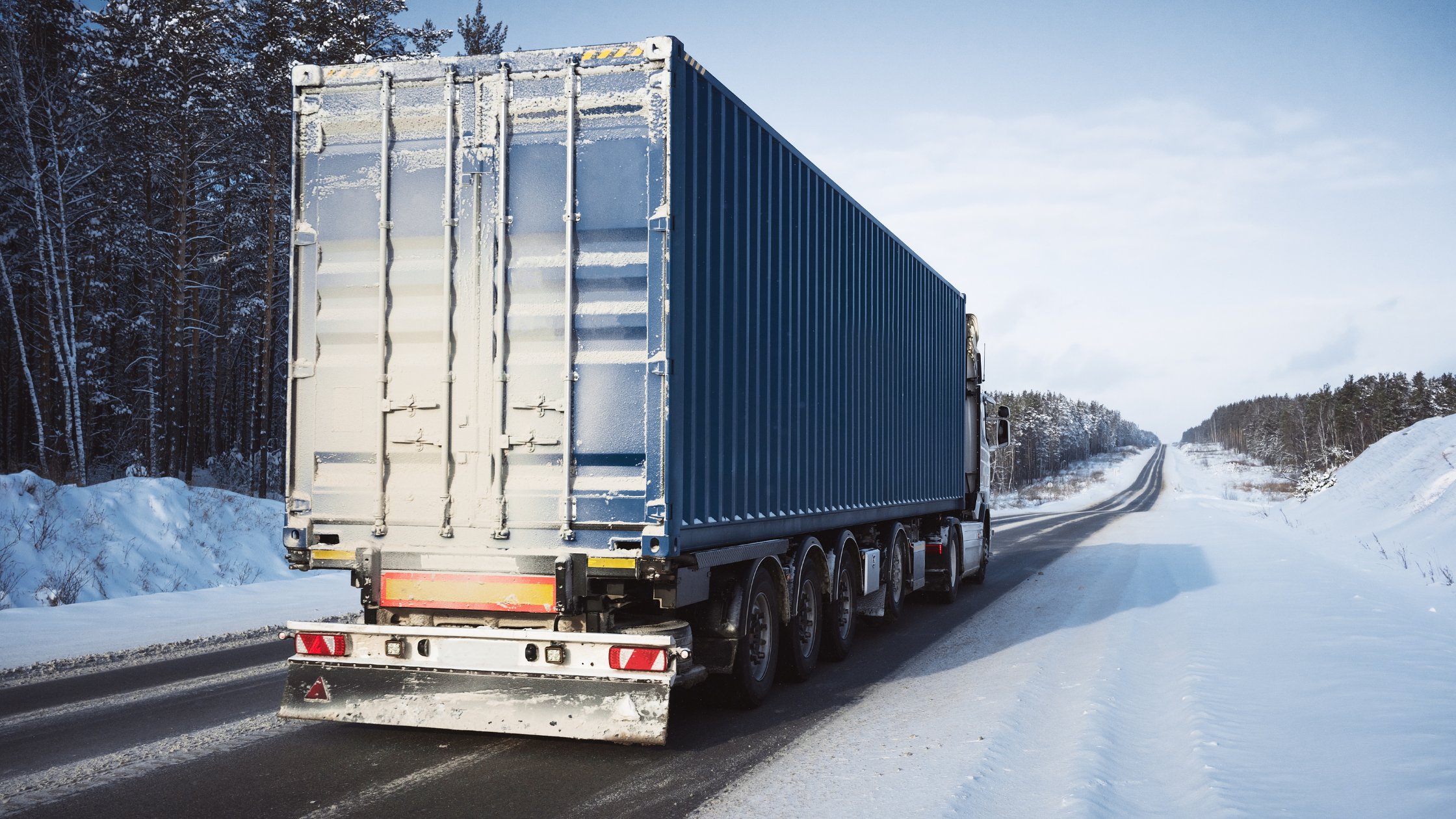The COVID-19 pandemic changed the way many industries executed their operations and has had a lasting impact that the world still hasn’t been able to shake. In recent years, federal government agencies have declared various guidelines and regulations pertaining to the transportation industry, including the HOS Emergency Declaration.
What was supposed to be temporary measures has now been extended and could possibly carry on even further. So, what is the emergency declaration and how does it affect our country’s drivers?
What is the COVID HOS Emergency Declaration?
After COVID-19 was declared a national emergency, the Federal Motor Carrier Safety Administration (FMCSA) issued an Hours of Service (HOS) Emergency Declaration which suspended federal regulations and offered relief for fleets engaged in COVID-19 emergency relief operations.
The declaration ensured that transportation services were distributed properly and vital supplies were delivered to areas in need of aid. However, it came with a number of restrictions that excluded some drivers and carriers over others.
As previously mentioned, the declaration was originally supposed to end on April 12, 2020, but has since been extended and expanded upon multiple times. These amendments to the HOS Emergency Declaration include things like, limitations to the transportation of goods like “(1) livestock and livestock feed; (2) medical supplies and equipment related to the testing, diagnosis, and treatment of COVID-19; and (3) supplies and equipment necessary for community safety, sanitation, and prevention of community transmission of COVID-19, such as masks, gloves, hand sanitizer, soap, and disinfectants.” And recently, the declaration has been extended yet again.
What’s the latest on the COVID HOS Emergency Declaration?
The FMCSA has recently announced another extension of the emergency declaration amid the dwindling number of COVID-19 cases and the return to national normalcy. The FMCSA also confirmed that carriers would still be relieved from maximum drive-time limits within the hours of service for another 90 days starting June 1st and lasting until the end of August.
The carriers that can take advantage of the extended relief are those who carry commodities in “direct assistance in support of emergency relief efforts related to COVID-19.”
These commodities include:
- Community safety supplies and equipment (disinfectants, gloves, hand sanitizer, and soap)
- Diesel, diesel exhaust fluid (DEF), Gasoline, ethyl alcohol, jet fuel, and heating fuel (propane, natural gas, and heating oil)
- Food, paper products, and grocery items for emergency restocking
- Livestock (and livestock feed)
- Medical supplies related to COVID-19, constituent products, and vaccine supplies/kits
Some commodities that were once on the declaration are no longer covered, including building materials, vehicles, and more.
Will the HOS Emergency Declaration be extended again?
The overall goal is to eventually end the HOS Emergency Declaration. However, this won’t happen until a number of things take place. For starters, the U.S. government must deem that we are no longer in a national emergency. When this will happen is unpredictable since emergency declarations bring in discretionary funds and opportunities for various federal agencies. The troubles within the supply chain have also had an influence on the extensions of this declaration by forcing the FMCSA to waive certain parts of the HOS for haulers moving goods in direct-assistance efforts. So, as we continue to experience supply chain challenges alongside inflationary pressures, another extension could definitely be on the table.
In the meantime, industry experts are hopeful that the span of the current extension will narrow as COVID-19 cases continue to lessen. The FMCSA has also said that they intend “to continue to closely monitor the safety impacts of the relief granted under this extension. … As necessary, FMCSA may take action to modify the Emergency Declaration, including scaling back the commodities covered by the Emergency Declaration or changing the restrictions associated with transporting the commodities.” Or they will move to terminate the hours relief sooner than the end of August if conditions permit.
Frequently Asked Questions from the FMCSA
Question: Does the current COVID-19 Emergency Declaration include the transportation of fuel?
Answer: Yes, the Emergency Declaration includes the transportation of fuel including gasoline, diesel, jet fuel, ethyl alcohol, and heating fuel including propane, natural gas, and heating oil.
Question: What does the May 13, 2022 amendment of the COVID-19 Emergency Declaration change?
Answer: FMCSA amended the commodities covered by the Emergency Declaration to include heating fuel including propane, natural gas, and heating oil.
Question: Why did FMCSA amend the COVID-19 Emergency Declaration?
Answer: FMCSA amended the Emergency Declaration to address particular fuel needs arising out of the ongoing emergency and to broaden the categories of fuel shipments covered.
For more information, visit the FMCSA website.
More Like This:
→ What Truckers Need to Know About the Vaccine Mandate









